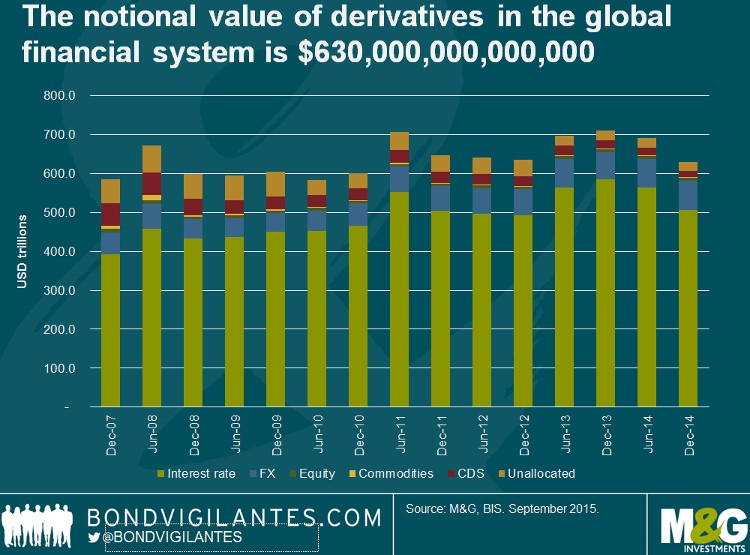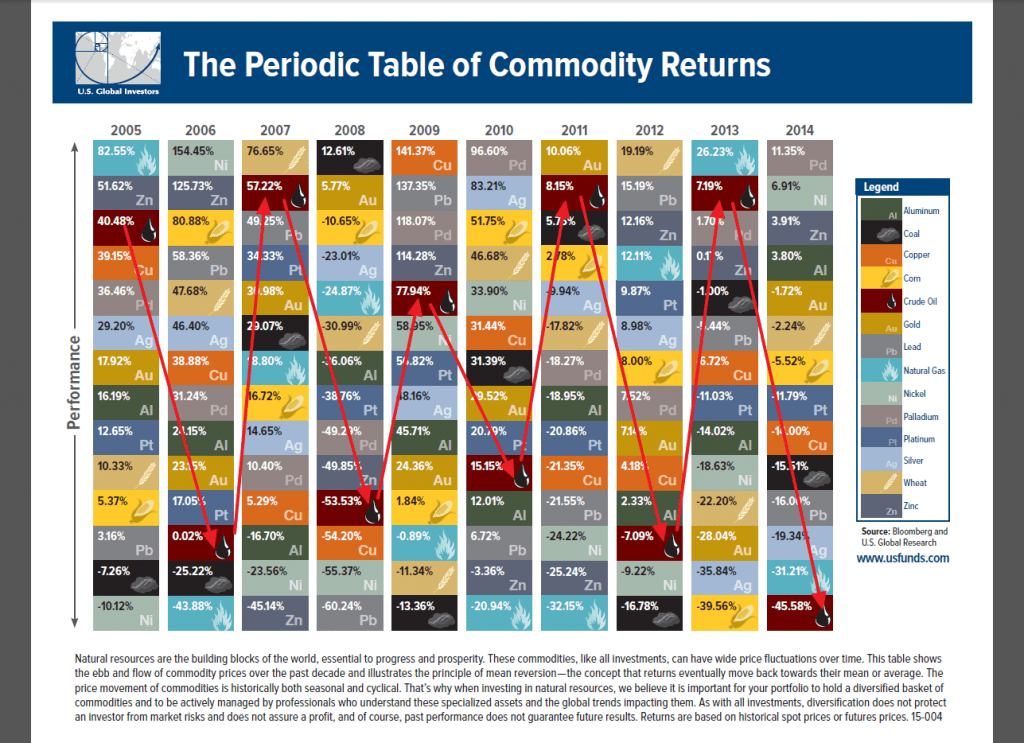One of the ways to profit from the ongoing European economic recovery is to invest directly in companies that operate in the continent. A recently started interesting ETF provides an option to gain exposure to such companies via an ETF. The WisdomTree Europe Local Recovery Fund (EZR) seeks to profit from the continent’s recovery.
The fund’s description from the provider website:
WisdomTree Europe Local Recovery Fund seeks to track investment results of European companies that are sensitive to economic growth prospects in the eurozone and that derive more than 50% of their revenue from Europe. The Fund seeks to maximize exposure to European companies that may benefit from Europe’s economic recovery and Europeans’ increased buying power.
The fund has just $2.4 million in assets and the expense ratio is 0.48%. It would be interesting to see how this ETF performs in the next few months.
The fund holds stocks in 210 firms. The top ten are listed below:
- Total SA (TOT)
- BASF SE (BASFY)
- Allianz SE (AZSEY)
- BNP Paribas (BNPQY)
- Axa SA (AXAHY)
- Vinci SA (VCISY)
- Intesa Sanpaolo SpA (ISNPY)
- Inditex SA
- Societe Generale (SCGLY)
- ENI SpA (E)
Vinci is a great construction and infrastructure maintenance play. But the stock seems to never move higher beyond a range. Hence from an investment point of view this company can be avoided, if one were to invest directly in the firms included in this ETF. French banks BNP Paribas and SocGen haven’t still re-gained their levels reached before the global financial crisis.
In general, the ETF holdings are excellent firms that stand to benefit from the growing European rebound.
The complete list of the 210 stocks in the ETF can be downloaded in Excel here.
Disclosure; Long AXAHY and SCGLY


